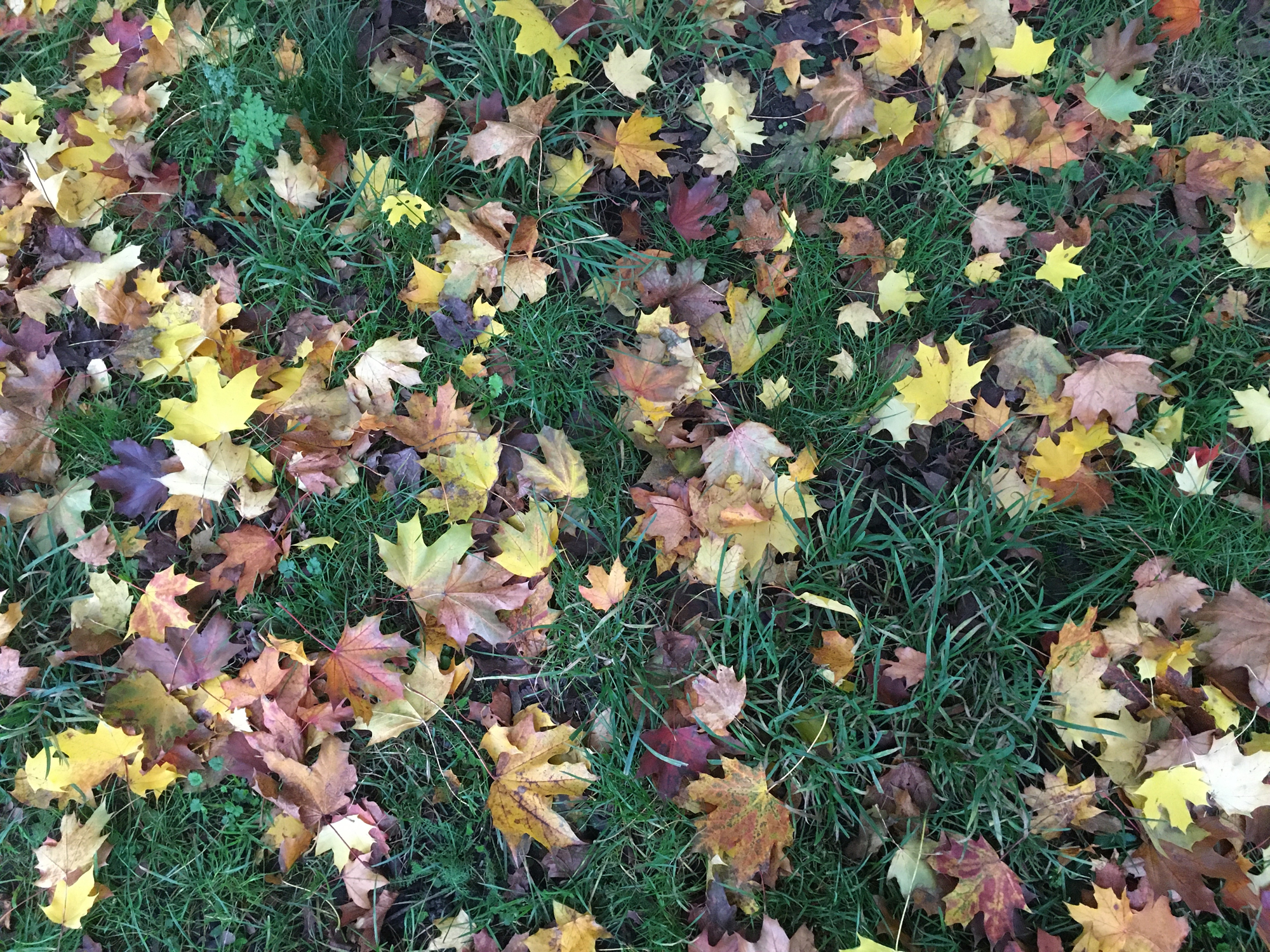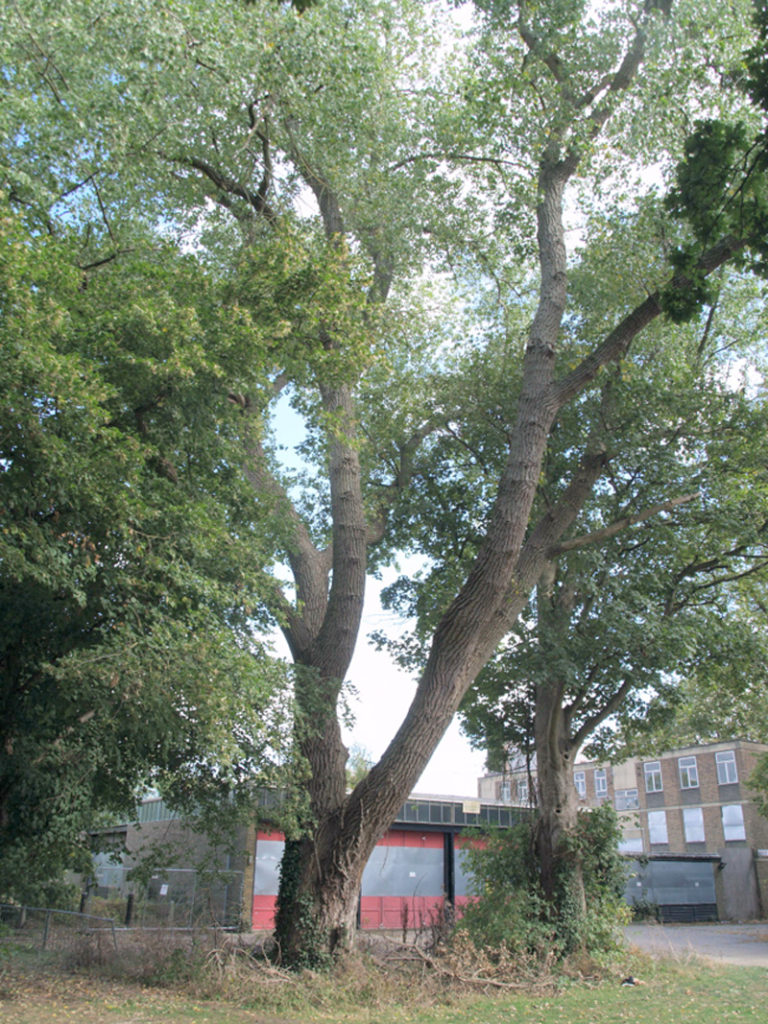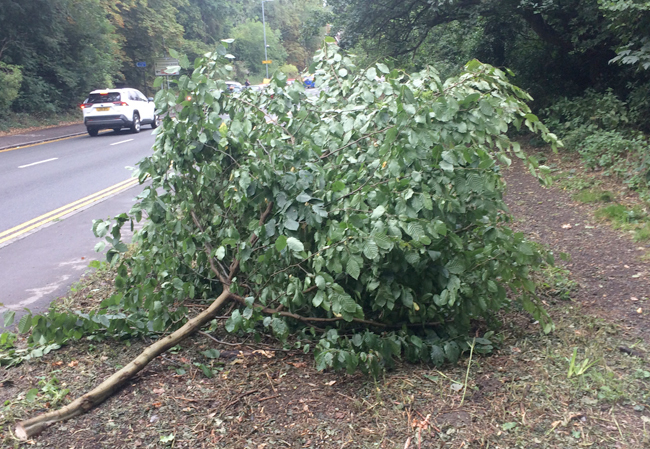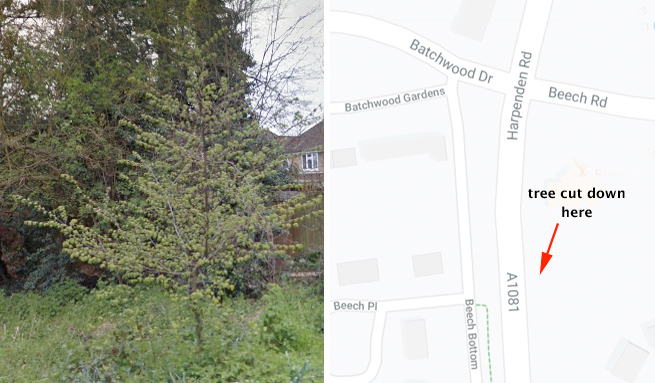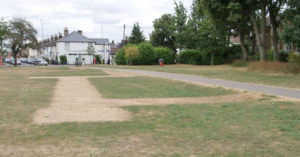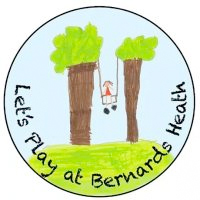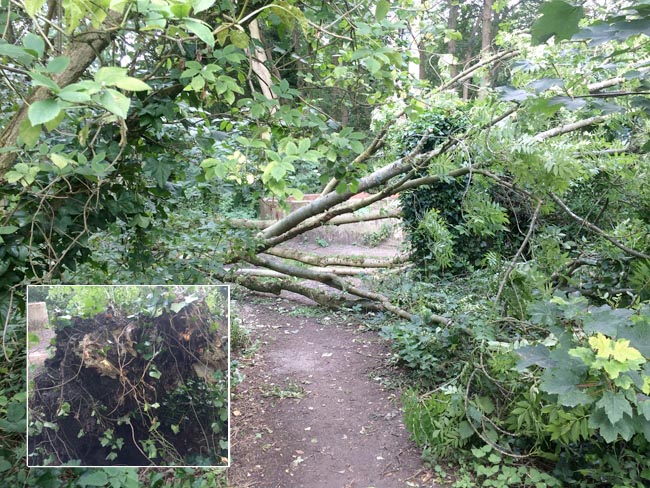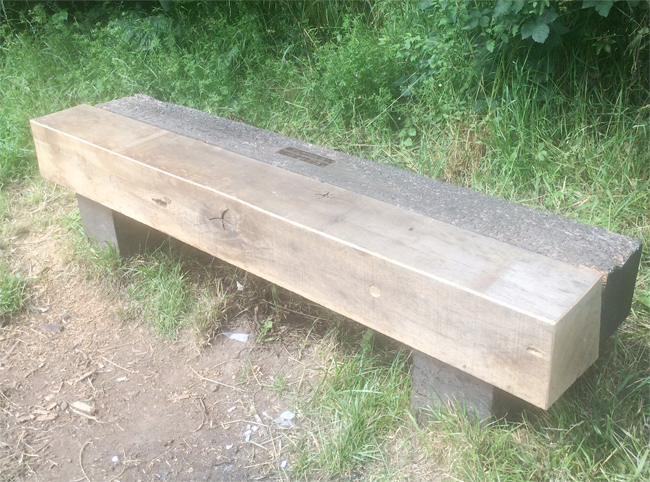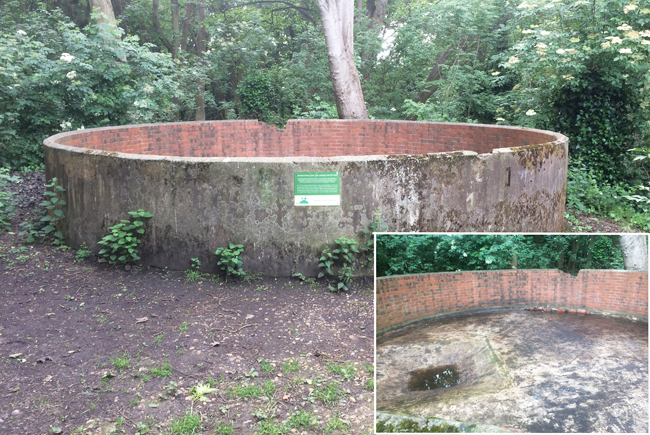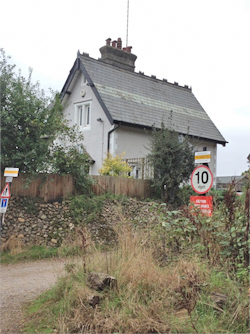The Big Fella is not so easily put down
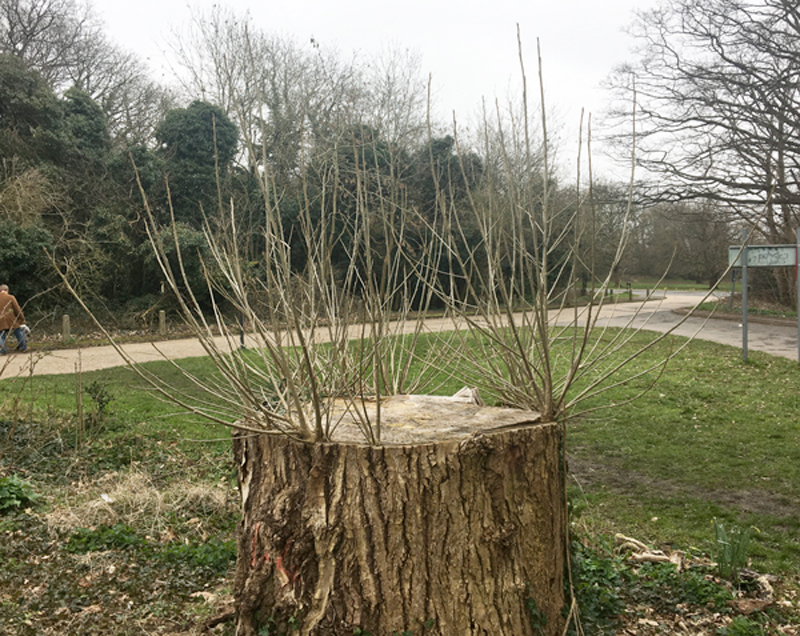
The reading of the rings
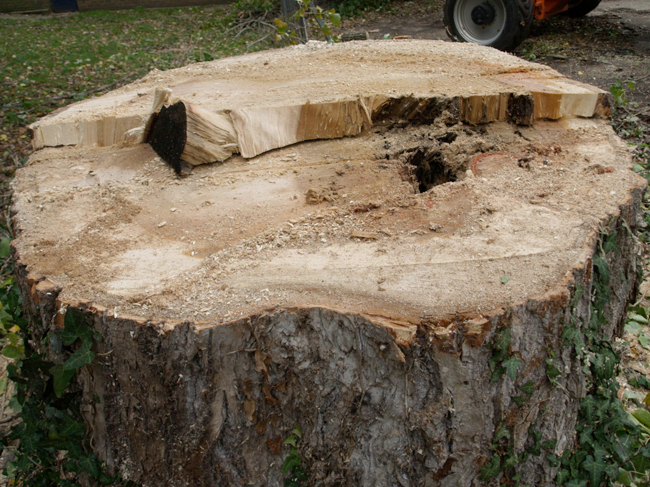
Starting from outside, the red-brown bark surrounds yellow sapwood with brown heartwood in the middle. The bark brings the leaves’ products of photosynthesis down to build a new layer of the sapwood each year while the sapwood conducts water upwards from the roots to the whole tree canopy. Heartwood is dead sapwood and only contributes strength to the trunk and branches. The proportions are different in branches (below).
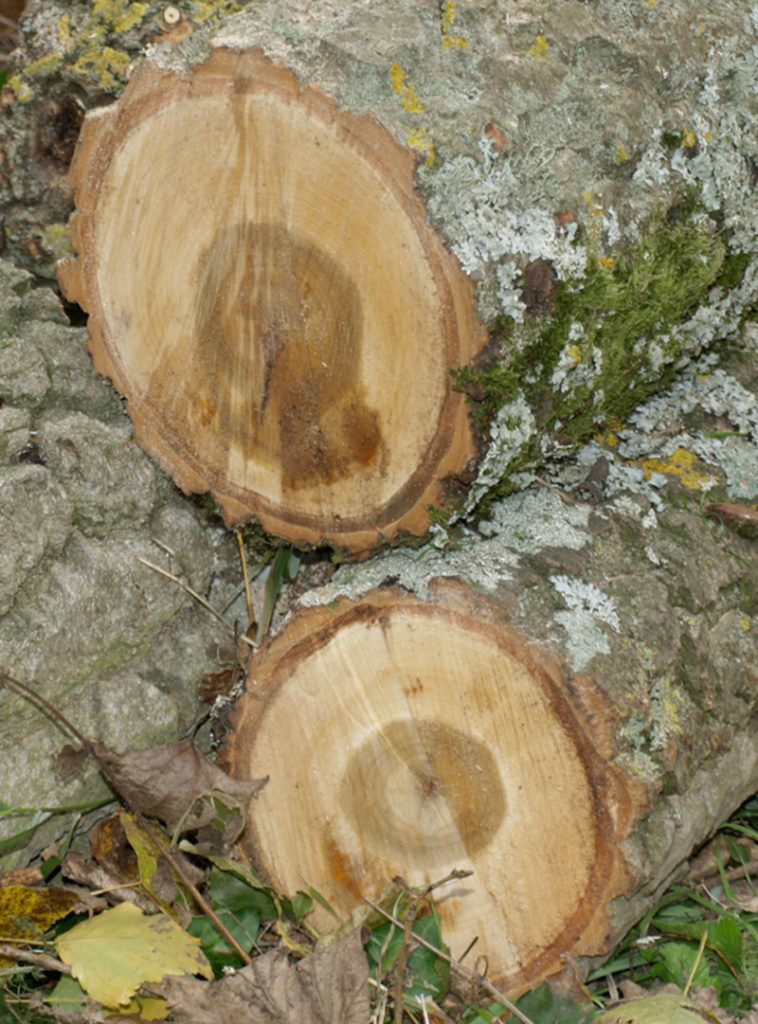
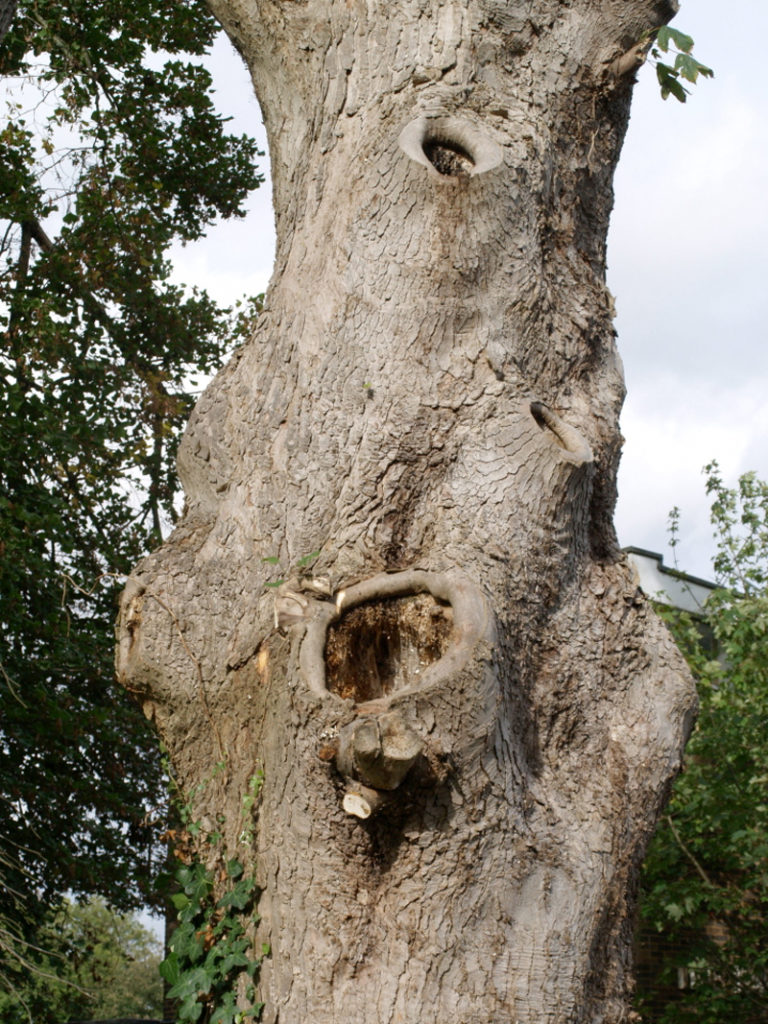
The bark started to heal over the stumps, but before this was complete, the wood had rotted. Bark can only lay down new wood on a sound surface. Poplar is not rated as a ‘durable’ wood, meaning that dead wood does not resist decay well.
Going back to the second picture, on the left is a branch stump which successfully healed over. The blackened cut surface was partially exposed by a felling cut. In contrast, on the right is a pocket of rot which started when a branch was cut off. It eventually closed over, but never quite healed properly, as can be seen (below). A slight ‘witness’ occurs to this day in the bark surface, although, without seeing the cut stump, it would not be apparent.
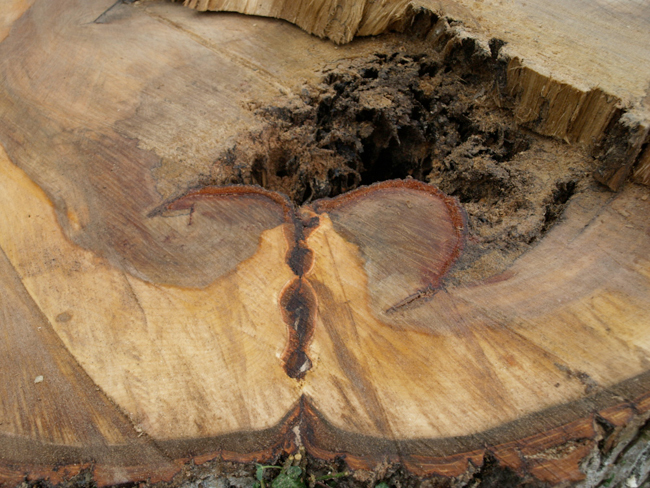
Oh, you want to know how old the tree was? The picture (below) shows the rings marked (very faint) in 10’s
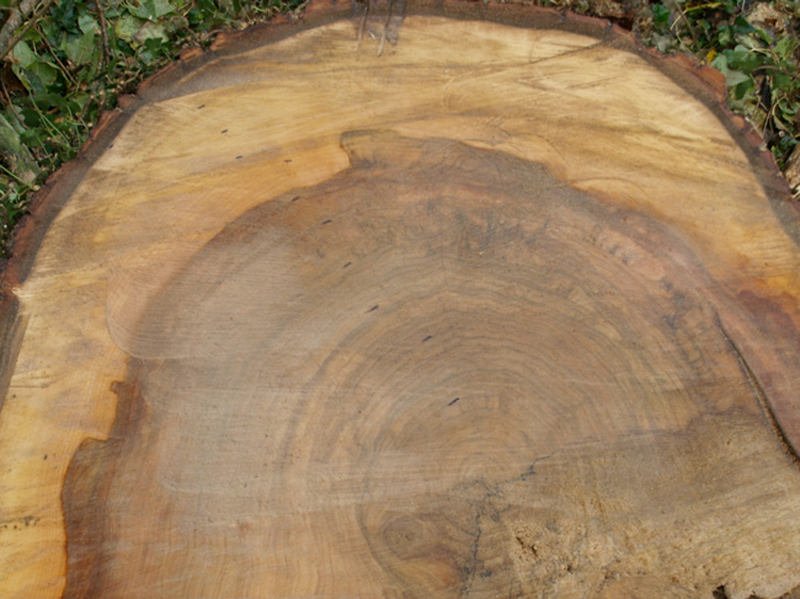
They add up to 110, give or take a few. So the tree started life about 1910. The two healed-over branches were cut some 50 years ago, around the time that the old fire station was built and possibly connected with clearing low-growing vegetation in the vicinity of the access road.
Lastly, a piece of branch from up in the tree canopy below shows some really good growths of moss and lichens (pronounced litch-ens or like-ens). Lichens are combinations of a fungus and an algae living as one organism.
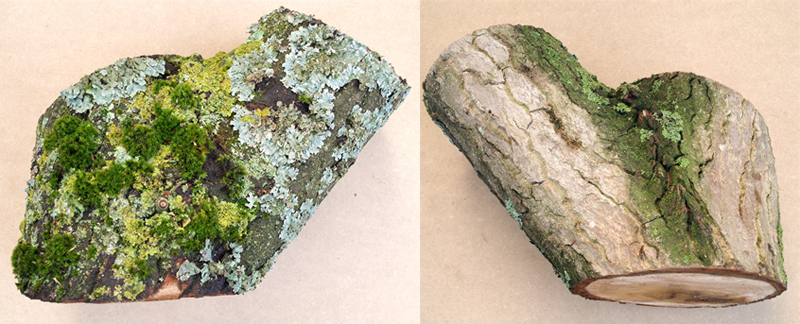
On the left is of the north-facing and damper side and on the right, the south-facing and drier side.
Roger Miles, Heath Tree Warden
